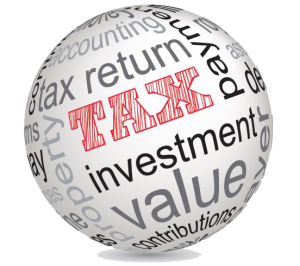 ‘Make Good’ Planning Makes Good Sense For Leased Property
‘Make Good’ Planning Makes Good Sense For Leased Property
Fortunately, only a few Make Good disputes end up in the Courts. However, the potential for protracted arguments is on the rise.
Some of the drivers include:
- Changing conditions in the resources sector seeing engineering firms and the like, downsize;
- Large corporates relocating to new developments;
- An increasing demand for smaller spaces generally, through improved efficiencies and flexible work environments.
When it comes to handing back tenancy space the Lessee will need to comply with obligations to ‘yield up’. This is typically where the arguments start. Differences of opinion in who owns what; what work needs to be done to return the property to a condition ‘as at commencement’; whether current condition falls under the exception of ‘fair wear and tear’; and whether the extent of partial repair requires full replacement – to mention a few.
Disputes that run beyond the lease term are settled by ‘damages’ – a financial settlement following a claim. These not only include the costs associated with the physical works (typically $200 – $300/sqm for offices) but also legal costs, loss of rent and outgoings.
The good news is that such arguments (and additional costs) can be avoided – through good planning. Continue reading
 Tax time is here again!
Tax time is here again!
 The end of the financial year is upon us and we want to make sure you’ve got all your property tax bases covered!
The end of the financial year is upon us and we want to make sure you’ve got all your property tax bases covered!
If during the past few or this current financial year you’ve owned (or updated) an investment property and earned an assessable income from it then you are likely entitled to tax deductions and allowances or otherwise commonly called property tax depreciation.
For over 30 years Napier & Blakeley has analysed many thousands of properties, preparing property tax depreciation schedules for owners of virtually every type of property ranging in value from a few hundred thousand dollars to billions. There are well in excess of three million property investors within Australia and the majority of these owners are not likely to fully maximise available deductions, which can significantly affect and increase their after tax yields and cash flow.
In a recent analysis of a five year old commercial office building with a purchase price of $5m, a land value of $1m and an income of $500,000 we found the following;
If you claimed no depreciation and building allowances, your after tax income at the following rates would be: Continue reading
